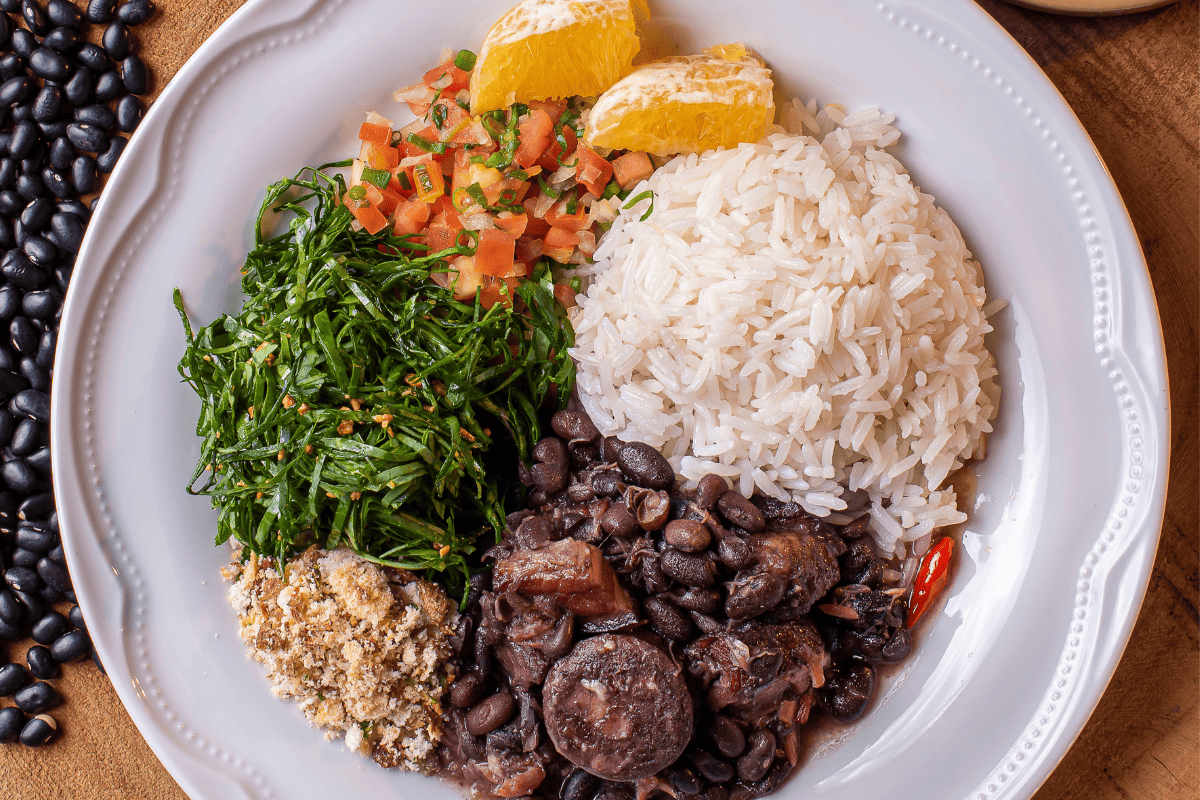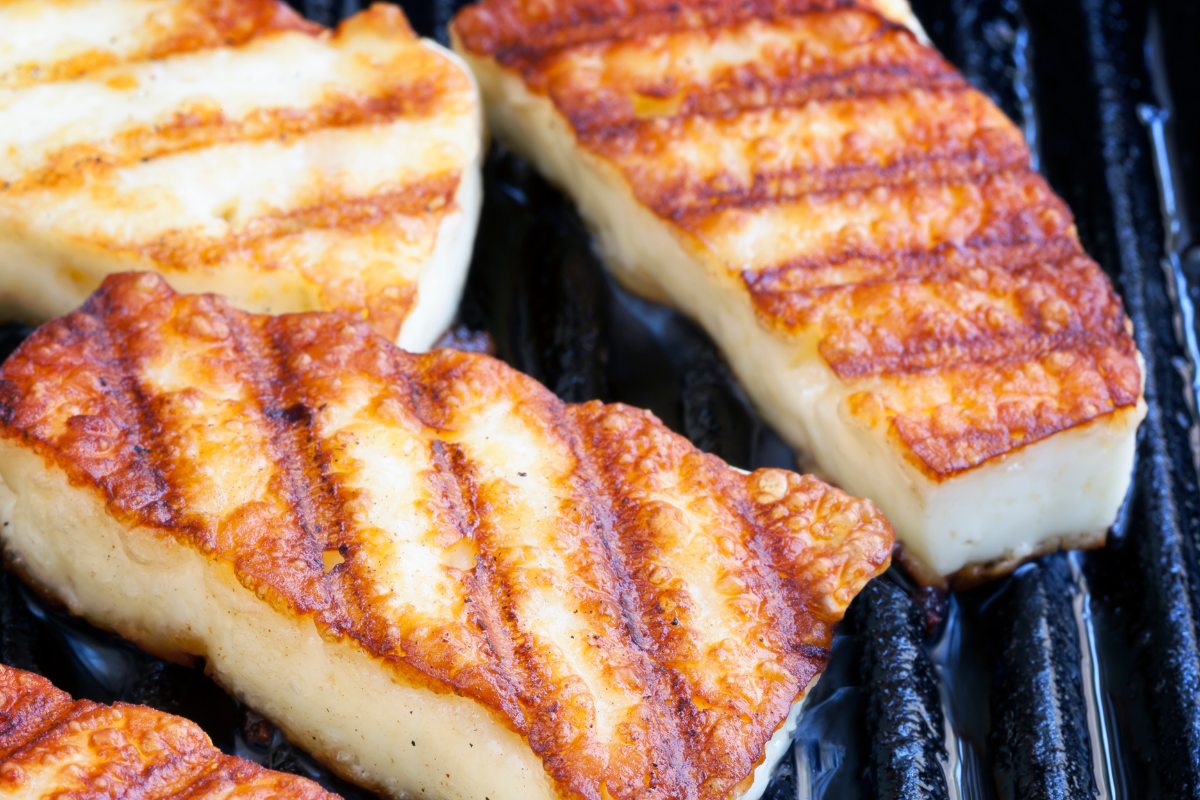Garlicky Brazilian White Rice Side Dish
Along with black beans (feijao), white rice is the most common side dish in Brazil. It is prepared in a signature way that ensures the grains remain loose, not sticky. It is a simple but satisfying dish that compliments virtually every meal. Don’t let its simplicity fool you, though. There are a few key steps you must take in order to prepare the perfect Brazilian white rice. Not to worry: we’ll share our go-to recipe for flavorful, fluffy arroz Brasileiro so you get it right every time.
History of Rice in Brazil
There is evidence that rice was cultivated by the indigenous peoples of the Amazon nearly 4000 years ago. Archaeologists believe these prehistoric groups developed a method for manipulating and reproducing wild rice. Unfortunately, this method was lost, likely due to the fact that the indigenous people were decimated by early colonists.
In an ironic turn of events, Portuguese colonists in the 17th century began to experiment with rice cultivation in Brazil. The climate of the southern region proved especially arable for the crop, which became a protected national staple by the early 19th century.
What Rice is Used in Brazilian Rice?
Brazilians prefer long-grain rice. This type of rice has less starch, which allows the grains to remain separate as opposed to sticking together. Prior to boiling, Brazilian rice is lightly fried in oil and refogado. Refogado is its own Brazilian staple: a sofrito-style blend of onions, garlic, and olive oil that has been blended into a paste. Many keep a jar handy in the fridge, since it acts as the base flavor for so many dishes.
You can add other aromatics to your refogado to suit your own tastes. Popular additions in Brazil include tomatoes and bay leaves. Some recipes call for you to simmer the ingredients prior to storing in a jar in the fridge. But this is not necessary for our Brazilian rice, since we will be sauteeing the refogado in oil with the rice. This will cook out the strong flavors of the onion and garlic.
Do You Have to Use Sofrito for Brazilian Rice?
No, you can just finely mince fresh onion and garlic and sautee these in the pan with the long grain rice. You will have more of a “bite” than with the prepared refogado, since there will be larger, heterogenous pieces. If you prefer your rice more uniform, we suggest preparing the aromatics ahead of time in the refogado style.
Easy Refogado Recipe for Arroz Brasileiro
Ingredients:
1 small yellow onion
2 large heads of garlic (heads, not cloves! We know, it’s a lot of garlic, but it’s important)
¼ to ⅓ cup of extra virgin olive oil
Directions:
- Peel and roughly chop the onion. Smash and peel the cloves of garlic from the two heads. You can make it a little easier on yourself by buying pre-peeled cloves of garlic. You’ll need about a cup total of individual cloves.
- Add the garlic and onion and ¼ cup of olive oil to a food processor. Pulse until you have a paste. If it is still chunky, add a little more olive oil.
Now let’s get to the main event: perfect Brazilian rice!
Brazilian Rice Recipe with Refogado
Makes about four servings
Ingredients:
2 cups long grain white rice
2 tbsp extra virgin olive oil
1 tbsp prepared refogado OR ¼ diced yellow onion and 2 minced garlic cloves
1.5 tsp salt
4 cups water
Directions:
- Heat a large saucepan over medium heat. Add in the olive oil and the rice. Stir constantly until you see some grains begin to toast (they will take on a light golden color). This should take around 3 minutes.
- When the rice starts to turn golden, add in the refogado or minced aromatics. Stir and cook along with the rice for another 2 minutes.
- Add in the water and salt and bring the mixture to a boil.
- Reduce the heat to low, then cover. Simmer on low for 25 minutes, or until all the water has been absorbed.
Serve hot with feijoada and your favorite protein. We love this as a satisfying lunch with some carne seca, or a special meal with Brazilian flank steak.
More Great Brazilian Recipes to Try:
- Arroz Carreteiro
- Cheesy Rice Casserole (Arroz al Forno)
- Brazilian Chicken and Saffron Rice (Galinhada)



